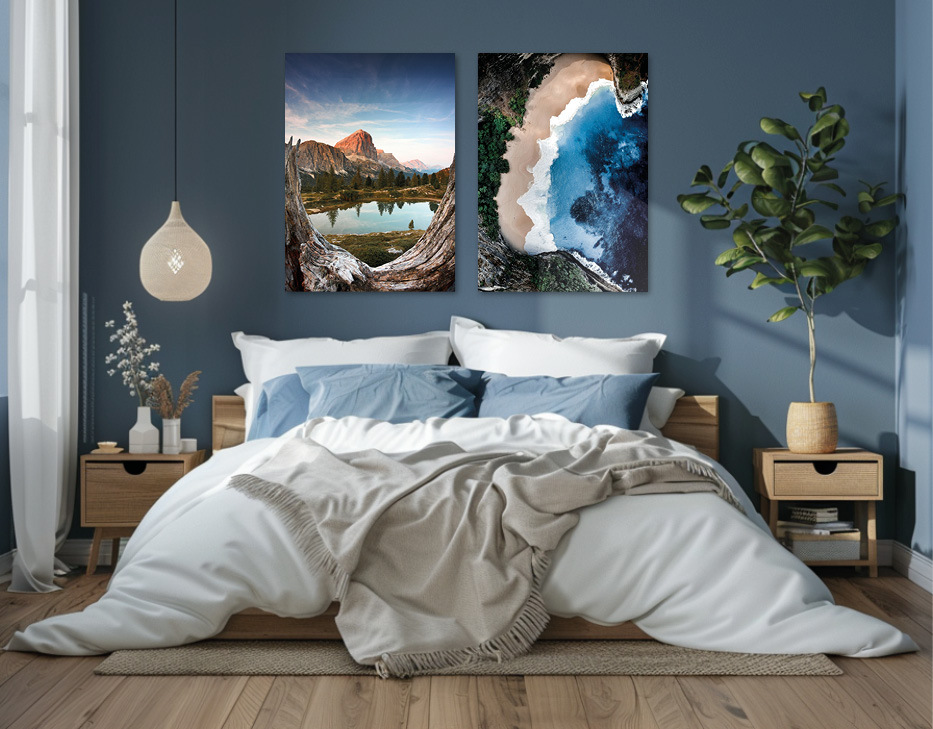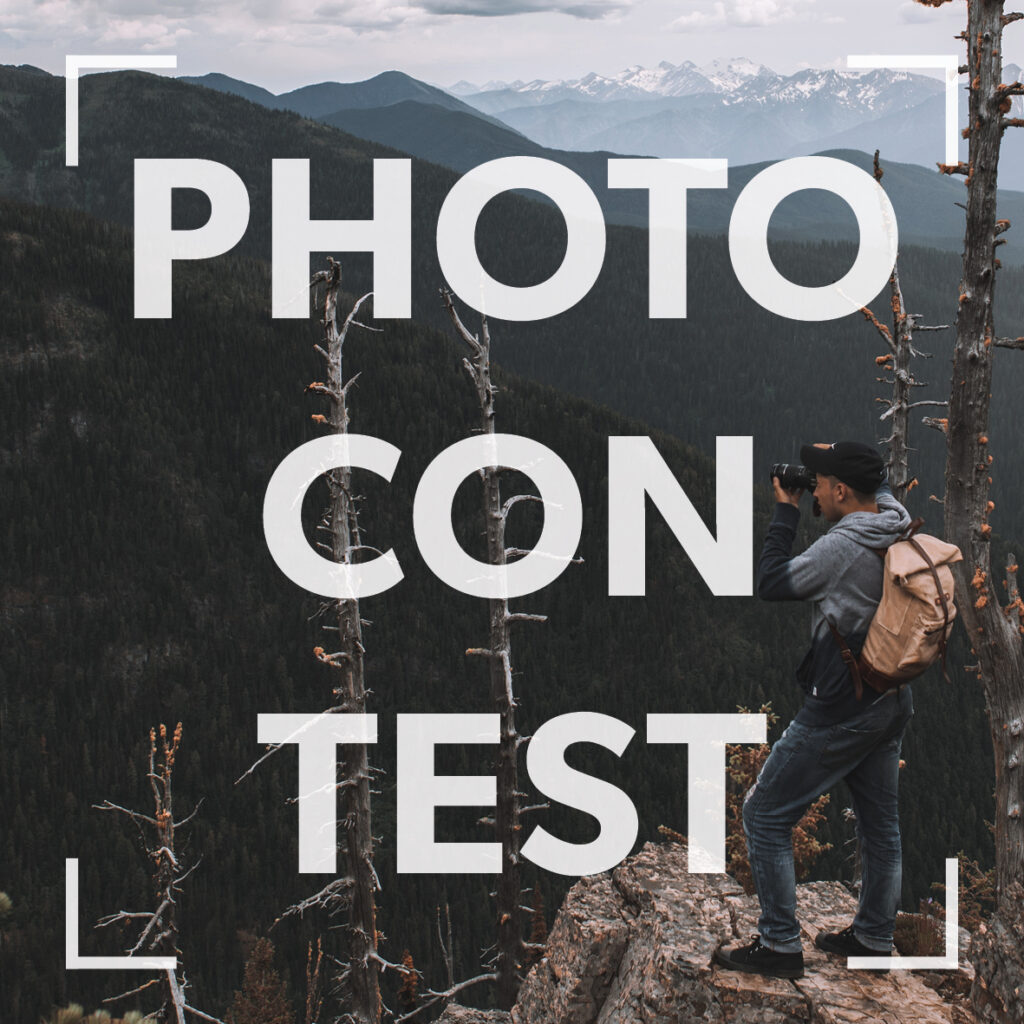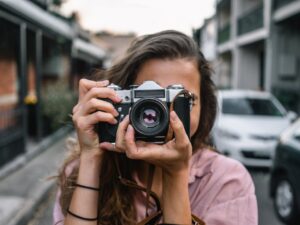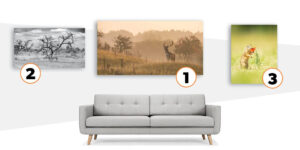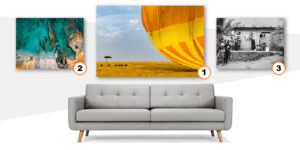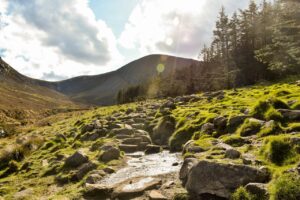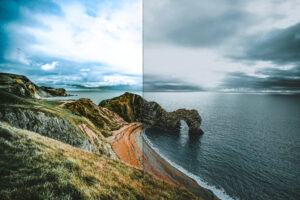There is so much inspiration to be found in nature! Surely, you’d be interested in at least one of these subjects: wildlife, dunes, landscapes, forests, oceans, insects, mushrooms, sunsets, clouds or flowers? There is so much to choose from in nature! And the camera loves nature, too. Let’s get you started!
1. Choose the best lens for the job
The first step in finding the best lens is to decide what you want to capture. Ask yourself if you want to go big (wide landscape), medium (plants or animals) or macro (insects/flowers). You need to know what you want to shoot, in order to choose the best lens for the job. If you’re not sure yet, take a wide range zoom lens with you to keep your options open. For example, 24-240mm would be great, although it is quite heavy, too.
If you’re planning on shooting a specific subject, and want the best sharpness, choose a prime lens (lens with a fixed focal length). Choose a prime lens based on what you want to shoot. 24mm and 28mm are both great for landscapes, as they have a wider angle.
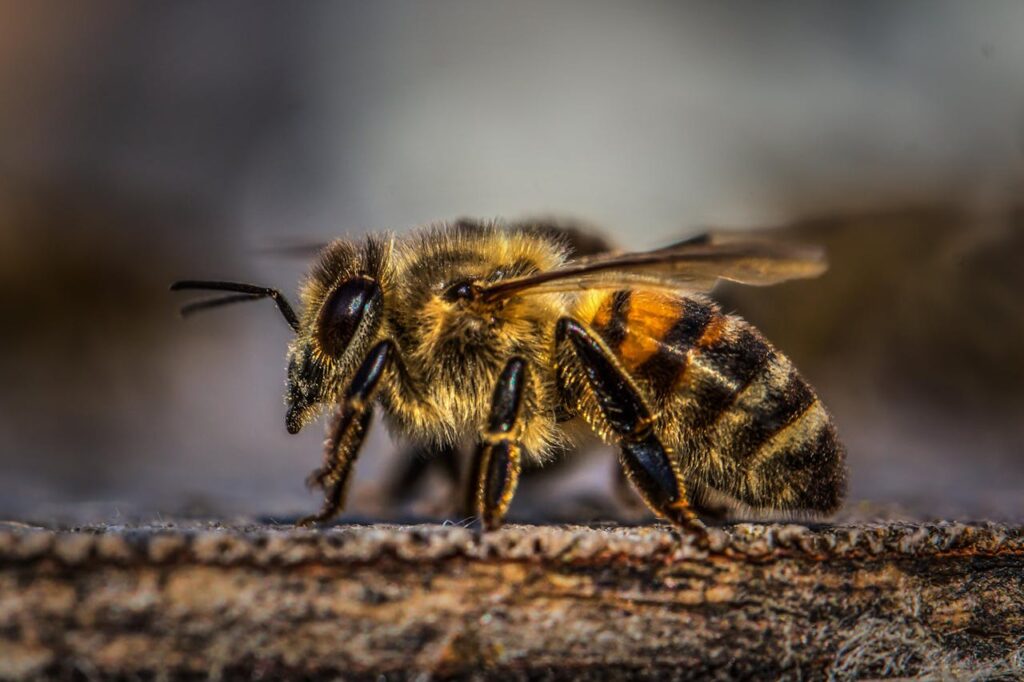
For little animals and flowers, you’ll want a macro lens with a focal length of about 100mm. A shorter focal length would mean you would have to get very close. This could disturb insects, and they might fly away! A longer focal length means you can keep even more distance to the subject, but the huge downside is that it allows less light into the lens. So, you would quite often need a tripod and slower shutter speed, depending on the lighting conditions. Also, a bigger lens is heavier. With a 100mm, you won’t scare skittish animals so easily and it lets in enough light. It’s a popular macro lens for a reason!
2. Composition
Ever heard of the rule of thirds and the golden ratio? They are composition styles that help you create a satisfying composition. Everything about composition styles and ratios, read this article: https://blog.xpozer.com/photo-ratio-explained-shoot-crop-for-the-best-composition/.
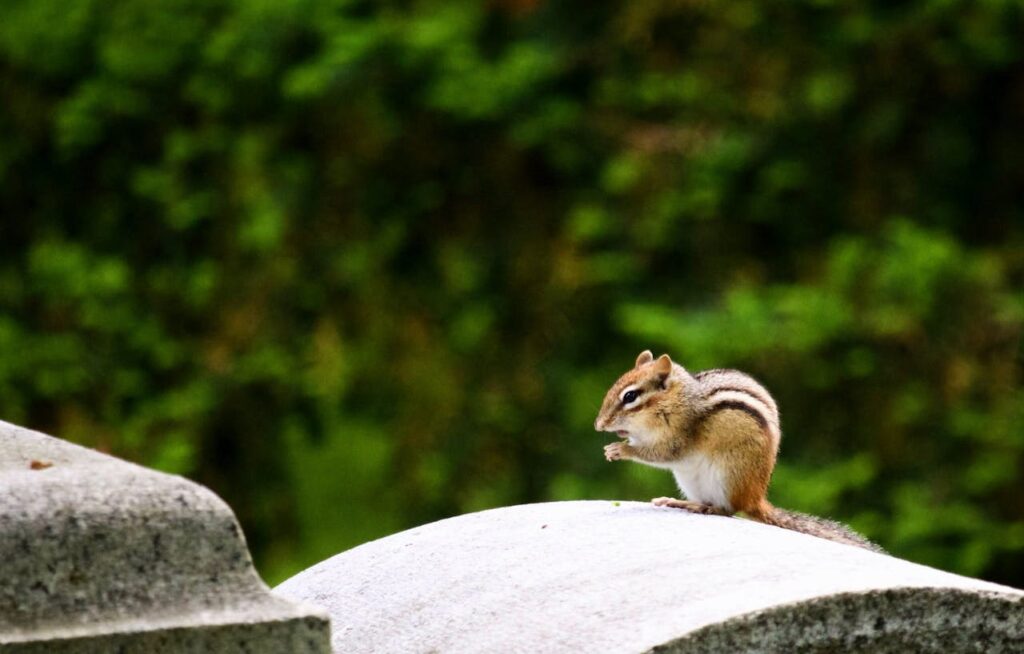
3. The best gear for nature photography
In the great outdoors, you may find rain, wind, heat, snow or thunder. The weather is something to consider when choosing the contents of your camera bag. Protect yourself and your camera by taking protective items with you. A rain sleeve for wet days, an umbrella to protect you against rain or heat. Always take a bottle of water and some food with you, because nature photography tends to require some time. Sometimes you’ll have to wait a while to get the perfect shot. Animals do as they please, so they might do what you’d like them to do, or they might not. You’ll probably need a lot of patience.
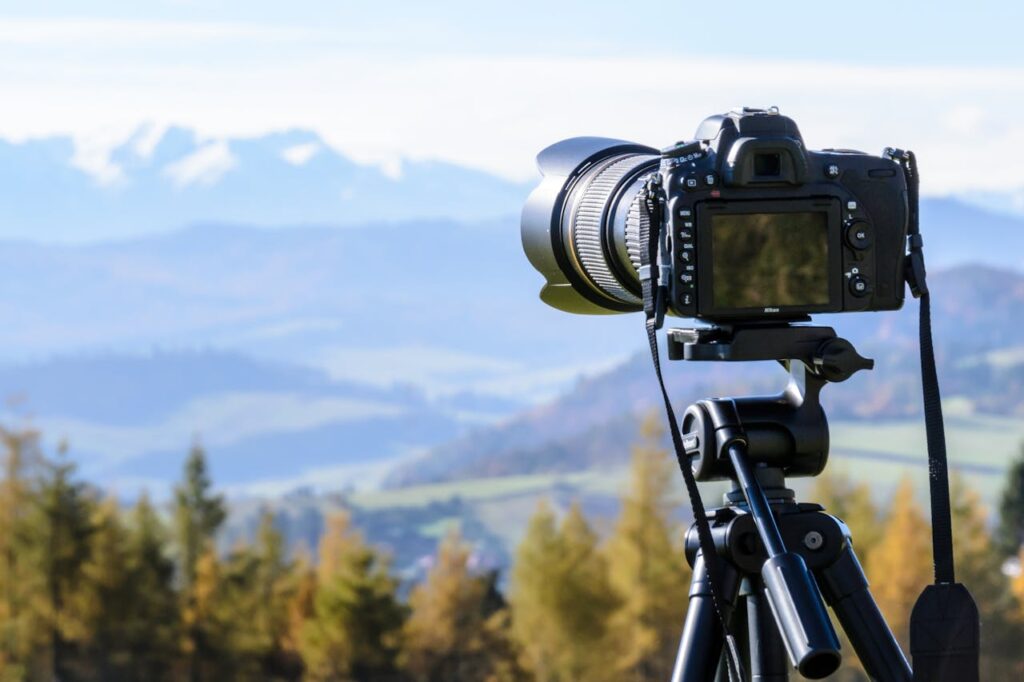
4. Timing
In photography, timing is everything. The most stunning photos are taken at exactly the right time, either because the photographer prepared for it, or purely because they got lucky.
When shooting in nature, you will be dependent on the lighting conditions. Photographers love the golden hour and the blue hour. Golden hour occurs in the hours after sunset and right before sunrise, and gives everything yellow and golden hues. The blue hour is stunning, too, as it paints the world in cooler, blueish colors. It occurs in the hours just before sunset and after sunrise.
Not only can you use the golden and blue hours to your advantage, some locations ask for a more specific approach to timing. For example, if you want a specific part of a landscape well-lit, or if a specific animal wakens or feeds at certain hours or mates at specific times of the year.
Prepare your shoot well. Get to know your subject and know when to show up. It will save you hours of waiting. You might not be able to control nature, but you can surely increase your chances of the amazing shot you had in mind, by preparing your shoot well.
Don’t forget this!
So, you now know to bring the right lens, how to make a good composition, what else to bring and when to show up. These are the basics. Nail them all, and your chances of taking that stunning picture are huge! Of course, don’t forget to select your best shots and print them, to actually experience the photo you’ve taken. Go to xpozer.com and choose your print size.
